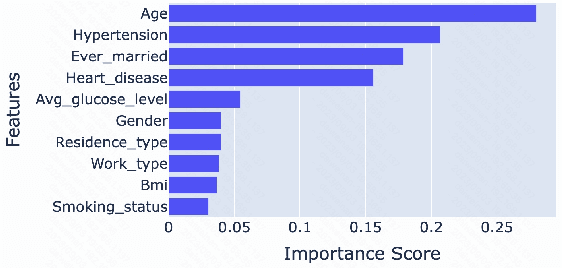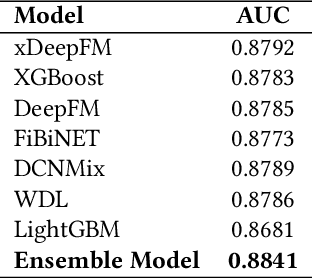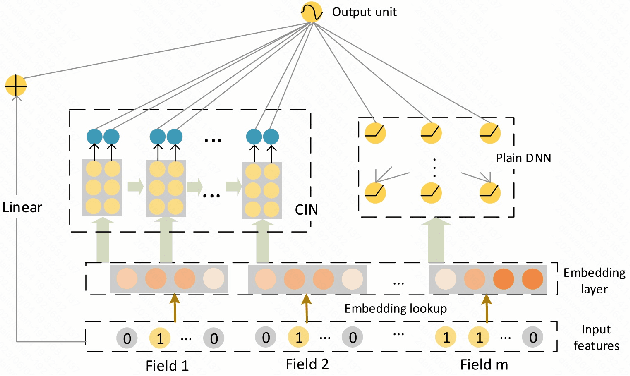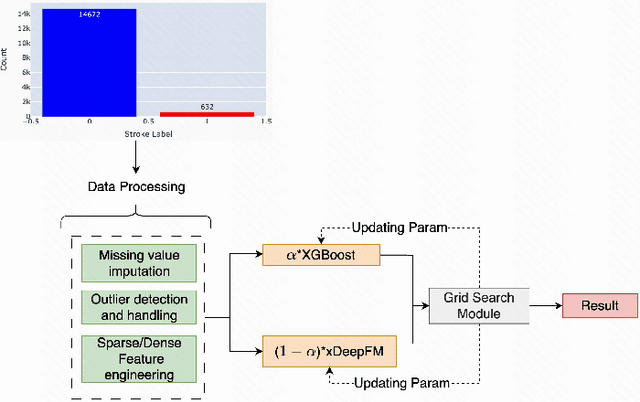Chongyu Zhang
An Integrative Paradigm for Enhanced Stroke Prediction: Synergizing XGBoost and xDeepFM Algorithms
Oct 25, 2023



Abstract:Stroke prediction plays a crucial role in preventing and managing this debilitating condition. In this study, we address the challenge of stroke prediction using a comprehensive dataset, and propose an ensemble model that combines the power of XGBoost and xDeepFM algorithms. Our work aims to improve upon existing stroke prediction models by achieving higher accuracy and robustness. Through rigorous experimentation, we validate the effectiveness of our ensemble model using the AUC metric. Through comparing our findings with those of other models in the field, we gain valuable insights into the merits and drawbacks of various approaches. This, in turn, contributes significantly to the progress of machine learning and deep learning techniques specifically in the domain of stroke prediction.
Continual learning on deployment pipelines for Machine Learning Systems
Dec 05, 2022Abstract:Following the development of digitization, a growing number of large Original Equipment Manufacturers (OEMs) are adapting computer vision or natural language processing in a wide range of applications such as anomaly detection and quality inspection in plants. Deployment of such a system is becoming an extremely important topic. Our work starts with the least-automated deployment technologies of machine learning systems includes several iterations of updates, and ends with a comparison of automated deployment techniques. The objective is, on the one hand, to compare the advantages and disadvantages of various technologies in theory and practice, so as to facilitate later adopters to avoid making the generalized mistakes when implementing actual use cases, and thereby choose a better strategy for their own enterprises. On the other hand, to raise awareness of the evaluation framework for the deployment of machine learning systems, to have more comprehensive and useful evaluation metrics (e.g. table 2), rather than only focusing on a single factor (e.g. company cost). This is especially important for decision-makers in the industry.
* 36th Conference on Neural Information Processing Systems (NeurIPS 2022). Accepted by blind review at DMML Workshop https://sites.google.com/view/dmmlsys-neurips2022/accepted-papers
 Add to Chrome
Add to Chrome Add to Firefox
Add to Firefox Add to Edge
Add to Edge